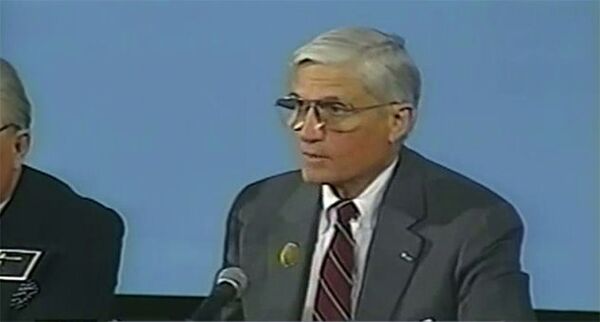WASHINGTON, October 3 (RIA Novosti) – A physicist whose work for the CIA at the height of the Cold War laid the groundwork for the United States’ vast network of aerial spying systems has died of cancer aged 84, The New York Times has reported.
Albert D. Wheelon was appointed head of the CIA’s Directorate of Science and Technology in 1963. The US government was alarmed by the Soviet Union’s successful launch of its Sputnik satellite in 1957, and had assigned Wheelon to “revolutionize” the quality of its spying systems, the Times said.
Between 1963 and 1968 Wheelon developed a new range of aerial surveillance machines, working on and developing spy planes such as the U-2, Lockheed A-12 and the SR71 Blackbird, according to the article.
Wheelon also helped develop the Corona reconnaissance satellites which the late US President Lyndon Johnson described in a 1967 speech as being worth “10 times” the $35 billion to $40 billion spent on the United States’ space program.
In the same speech, the president also said that data from the satellites revealed that the Soviet Union was much weaker than the United States had suspected. Many of the programs Wheelon worked on were developed with the US Air Force and remain highly classified, the Times said.
Wheelon left the CIA in 1966 to work for Hughes Aircraft where he ultimately rose to the position of Chairman. At the firm’s peak, Hughes built over 50 percent of the satellites launched into orbit, according to the Times.
In a 1995 interview with The New York Times, Wheelon said of his work: “It was as if an enormous floodlight had been turned on in a darkened warehouse.”




